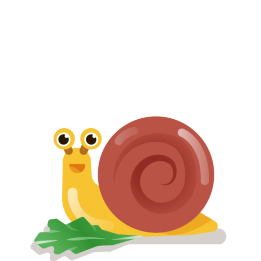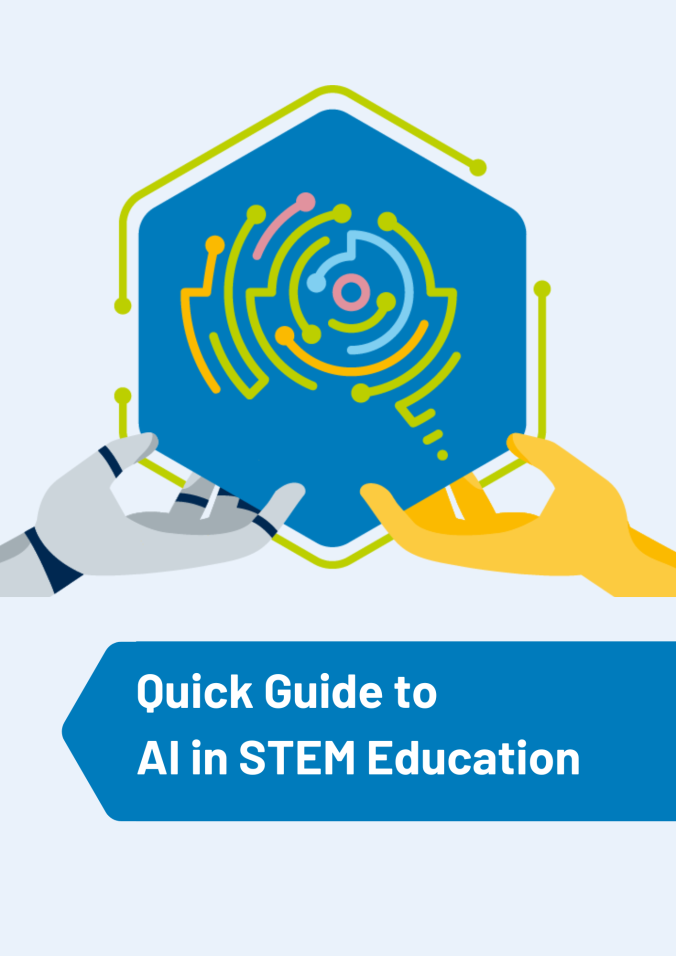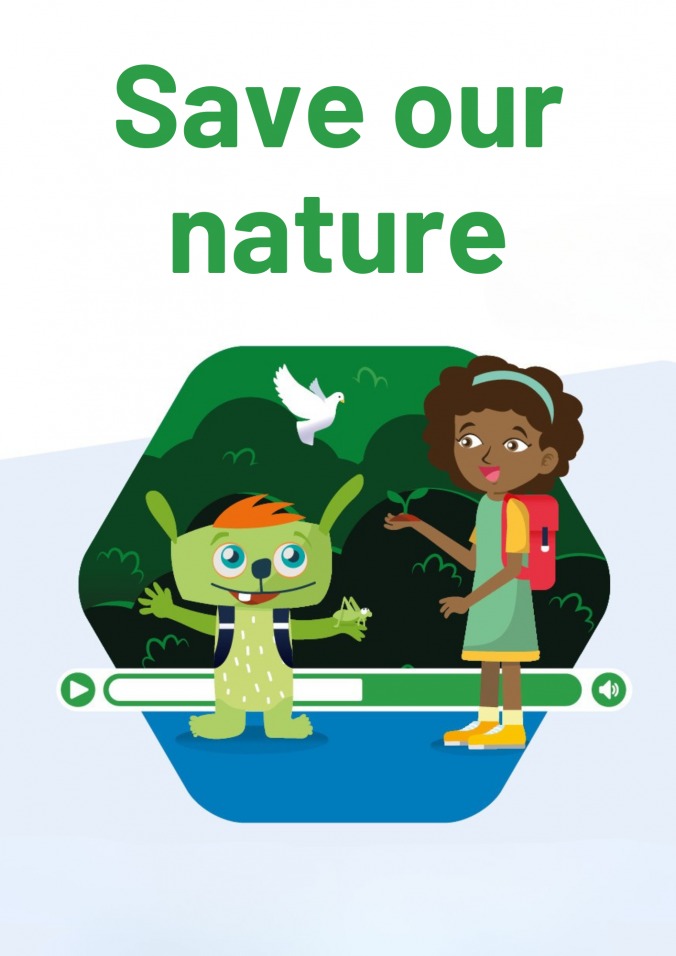Why do we Need Packaging?
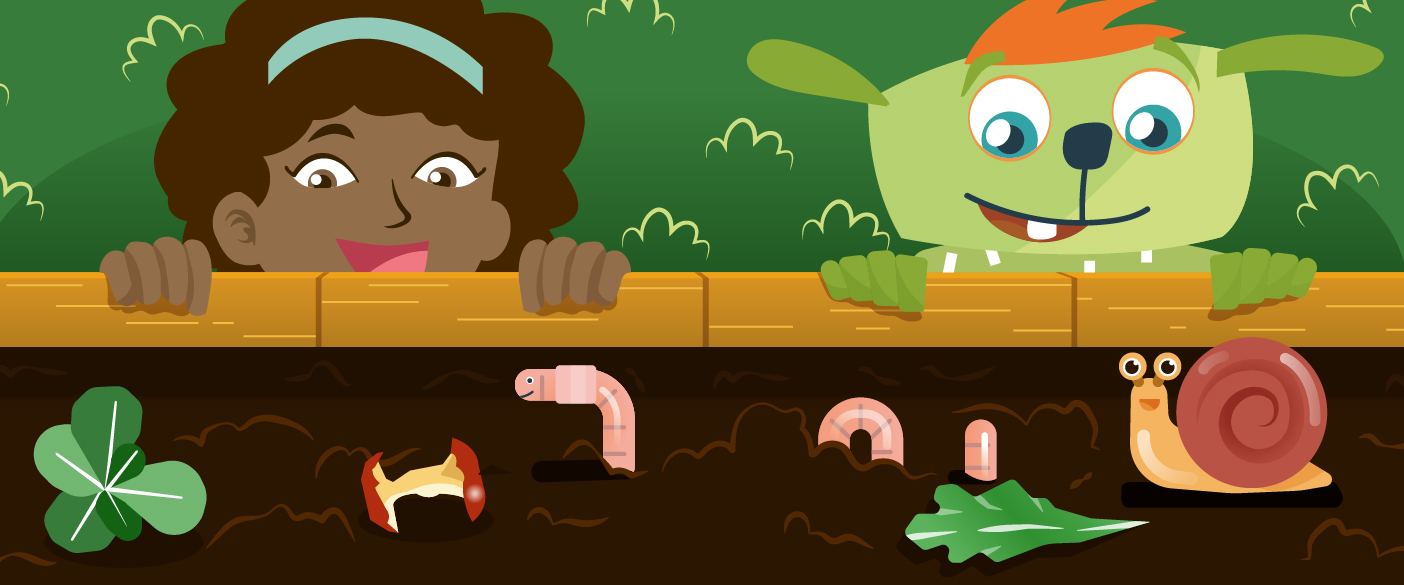
Overview
Overview
Keywords: consumption, package, food, waste
Subjects: sciences, design technology
Age group: 5-11 years old
Difficulty level: ● ● ○ (medium)
![]()
![]()
This experiment is part of the unit "Waste to Worth" written by: Tamar Jibladze (GE), Cristina Nicolaita (RO), Emma Shipton (GB)
Download this experiment as a text file and all additional materials here.
Why do we need packaging?
Unfortunately, many examples of packaging contain single use plastic, and of the 7 billion tons of plastic waste generated so far, only 10% has been recycled. We need this to change! So why not learn from nature and look at how nature provides natural packaging?
This experiment shows how you can use natural packaging materials to protect a delicate object, such as an egg or a water bomb. It can easily be adapted by using a range of packaging materials but please only use materials found in nature!
The type of container used for the egg could also be changed. You could test the strength of different shapes by using a cube, cylinder, or hexagonal box; use the same packaging and observe your results.
The key to this experiment is using packaging that absorbs the shock of the impact and materials that won’t absorb the shock of the impact.
This experiment can easily be adapted. For example, you may want to use orange or lemon peel as your shock absorber.
The structure of this unit
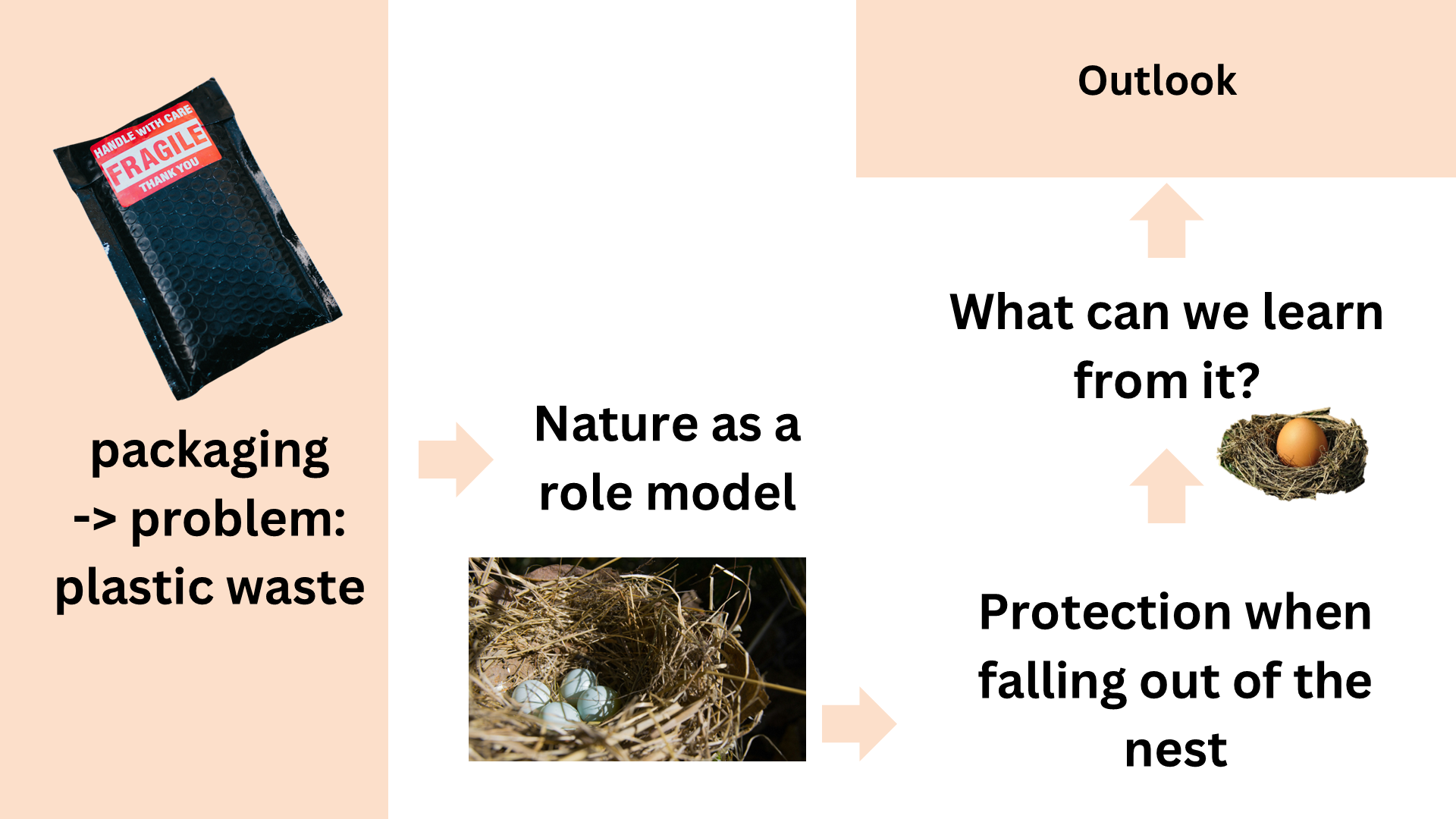
The Experiment
Required materials
- tape
- scissors
- 3 raw eggs or 3 water bombs
- 3 small cylindrical cardboard tubes
- feathers, dried leaves and grass cuttings, or other natural materials
- marker pen
- meter stick
- camera
Experiment guide
- Make three cardboard containers, using the cardboard and tape.
- Choose three types of natural packaging- in the experiment we used feathers, dried leaves and grass cuttings.
- Fill each container halfway with the chosen packaging. Consider how compressed you would like each type of packaging as this could make a difference to your results.
- Place the egg upright in the centre.
- Fill the remaining space with the packaging.
- Seal the boxes and number them.
- Place the meter stick against the wall and drop each box from this height.
Safety notes
- Before the experiment: Materials need to be stored to prevent fire and trip and fall hazards and handled and disposed of according to safety procedures. Leaves, grass and feathers must be sanitized and contaminant-free, and teachers need to check for allergies. Furthermore, all students need to wear safety glasses during construction and testing.
- After the experiment: If the testing takes place in different classes or class periods, eggs that survived from the first test should be stored in the refrigerator.
- Be sure to clean up any broken eggs after completing the test. Students should watch out for any slippery areas and wash their hands after testing and cleaning.
- If any of your students are allergic to eggs, you can substitute them with a water bomb (small balloon) or a very ripe plum or kiwi.
- The experiment may be best completed outside.
Questions for students
Before conducting the experiment, here are some questions you could address to students to stimulate their critical thinking and engage them in the process:
- What do you think will happen to the eggs?
- Do you think any of them will still be intact?
- How might factors like the mass and density of the packaging materials influence their ability to cushion the egg?
- Can you predict which type of packaging will provide the best protection for the egg? Why?
The Experiment with the result
Now open each box to see if the egg is still intact! What happened?
If none of the eggs are broken, repeat the dropping from a higher height.
Questions for students
- Which packaging worked the best? (This could vary.)
- Why do you think it worked the best?
- What if you dropped the eggs from a bigger height?
- What if you used different packaging?
- What else could you explore?
- How might real-world applications benefit from understanding which natural packaging materials provide the best protection for fragile items?
- Can you think of any improvements or modifications we could make to our experimental setup to gather more accurate or meaningful data?
Note / Further ideas
- Remember, you need a good shock absorber. The smaller the particles, the better they can absorb the shock of falling.
- Packaging can also help preserve an object. What experiment could be done to see what is the best natural material to preserve an object?
Conclusion
Natural materials, sourced from renewable resources such as plants, offer a diverse range of options for packaging various products. Unlike conventional plastics, which can persist in the environment for centuries, natural materials break down into organic matter through natural processes, minimizing pollution and reducing the burden on landfills. However, natural packaging will not help preserve products like plastic can. Perhaps this can lead to further investigations, such as the use of beeswax.
Biodegradability
Biodegradability is a crucial characteristic of materials, especially in the context of environmental sustainability. It refers to the ability of a substance to decompose naturally over time, typically through the action of microorganisms, into compounds like water, carbon dioxide, and biomass. Understanding the biodegradability of different materials is essential for minimizing their environmental impact and promoting a circular economy. The “compost in a bottle” experiment will help support this understanding.
One of the most pressing concerns in modern times is the biodegradability, or lack thereof, of plastic items. Traditional plastics, derived from petroleum-based polymers, are notorious for their resistance to decomposition. These plastics can persist in the environment for hundreds, if not thousands, of years, contributing to pollution and endangering ecosystems. Plastic pollution has become a global crisis, with vast swathes of oceans, rivers, and landfills inundated with discarded plastic waste.
In response to this crisis, efforts have been made to develop biodegradable alternatives to traditional plastics. These biodegradable plastics are designed to break down more rapidly under certain environmental conditions, reducing their environmental footprint. They can be made from various sources, including plant-based materials like cornstarch, sugarcane, and cellulose.
However, the biodegradability of these alternatives varies widely depending on factors such as composition, thickness, and environmental conditions. Some biodegradable plastics require specific industrial composting facilities to degrade efficiently, while others may break down more slowly in natural environments or leave behind harmful residues.
The experiment
Beyond plastics, other materials also exhibit varying degrees of biodegradability. Organic materials such as paper, cardboard, and food waste are highly biodegradable and can decompose relatively quickly, especially in the presence of moisture and oxygen. These materials can be composted to produce nutrient-rich soil amendments, closing the loop in the cycle of production and disposal. It may be useful to complete the “compost in a bottle” experiment to gain a better understanding of biodegradability.
A good shock absorber consists of many small particles. The smaller the particles, the better they can absorb the shock of falling. Small particles tend to pack more closely together, which can result in a more uniform distribution of forces. This uniformity can help the material absorb shocks better by dissipating (spreading out) the energy more evenly. Also, smaller particles can lead to higher energy dissipation due to increased friction or other internal resistances (other forces that work against the movement of change the object's shape) when the material is deformed.
Placing the egg upright in the container is an important stage of the experiment. When you apply force to the ends, the force is distributed more evenly over the whole eggshell, like an archway. The sides are much weaker.
The students can read this article about a weekly plastic waste of a family.
How much plastic waste does your family produce in a week? Take a picture like those in the article and show it to the class. How can we reduce the quantity of the plastic waste?
As we confront the urgent need to reduce plastic pollution and embrace more sustainable practices, finding alternatives to plastic packaging, plates, and cutlery is paramount. Sustainable solutions aim to minimize environmental impact while meeting the practical needs of packaging and dining. There are several promising alternatives:
Biodegradable plastics
Bioplastics derived from renewable resources like corn starch, sugarcane, or cellulose offer a viable alternative to conventional plastics. These materials can be designed to biodegrade under certain conditions, reducing their environmental footprint. However, it's essential to ensure that biodegradable plastics degrade efficiently in real-world environments and don't contribute to microplastic pollution.
Compostable packaging
Compostable materials, such as compostable paper or plant-based plastics, provide a sustainable option for packaging and tableware. These items can break down into organic matter in composting facilities, contributing to soil health and reducing waste sent to landfills. However, infrastructure for industrial composting must be expanded to accommodate these materials effectively.
Reusable containers and utensils
Encouraging the use of reusable containers, plates, and cutlery can significantly reduce single-use plastic waste. Materials like stainless steel, bamboo, or glass offer durable alternatives that can be used repeatedly, cutting down on the need for disposable items. Promoting reusable options through incentives or education campaigns can help shift consumer behavior towards more sustainable practices.
Edible packaging
Innovations in edible packaging present an intriguing solution to single-use plastics. Materials like seaweed-based packaging or edible films made from fruit or vegetable extracts offer biodegradable options that can be consumed along with the food they encase. Edible packaging reduces waste and eliminates the need for disposal, providing a unique blend of sustainability and convenience.
How does this experiment link to sustainability?
The experiment helps promote awareness of alternative packaging materials, which empowers them to make informed choices and advocate for sustainability. We can empower students to recognize that plastic is not the only choice for packaging and inspire them to seek out better materials with lower environmental impact. Through education, awareness, and collective action, we can work towards a future where sustainable packaging practices are the norm rather than the exception.
There are many aspects of consumption that with simple changes can have a big impact on society as a whole. Reducing the plastic consumption - one of the main pollutants of the ocean- and using natural materials instead is a good way to do our part every day.
This experiment helps students understand that plastic is not the only choice for packaging, we can find better materials, with lower environmental impact. Let’s consider plant-based packaging:
- Plant-based packaging is compostable and doesn't contribute to landfill.
- Plant based materials are both sustainable and beneficial to the environment.
Differentiated learning
Explore ideas how you can use this material in your class and adapt it to a group of various levels and learning styles.
Older students can be asked to make bigger containers, to hold three or more eggs or a large balloon filled with water. They can receive a larger range of materials to use, both natural and artificial.
The specific design of the challenge can change the focus to consider:
- capacity (the number of eggs the container can carry)
- the use of different natural materials, e.g. sand, pebbles, soil
- cost (the cost-effectiveness of the whole container designs)
- protection (the strength and stability of the container)
The experiment can be transformed into a contest: which team can find the best packaging considering factors such as cost, natural materials used and effectiveness?
The performance of the materials as shock absorbers can be graded using a rubric found in the advanced worksheet.
Older students could carry out a research task looking for alternative packaging materials that can also help preserve the object. They could prepare a short video, presentation or poster about their chosen material in which they explain the advantages and disadvantages.
Career orientation
Which career options are linked to this experiment and how can you introduce them to your students?
These career options are linked to the natural packaging industry because they focus on developing and implementing packaging solutions that are environmentally friendly, promote sustainability, and reduce the use of harmful materials. They play a crucial role in addressing environmental concerns and driving positive change in the packaging industry.
Most careers linked to natural packaging are essential for driving innovation, advancing sustainability, and addressing the environmental challenges associated with traditional packaging materials. Professionals in these roles play a pivotal role in shaping the future of packaging by developing and implementing solutions that reduce waste, conserve resources, and promote a more sustainable and circular economy.
Explore the following professions:
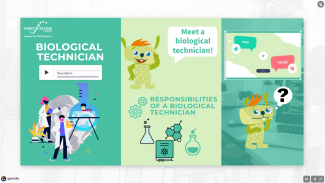
Example for an interactive material on career orientation
Outlook
There are many reasons why we need and use packaging, it provides protection for objects, it can help preserve objects and allows objects to be transported around the world. Packaging can be very useful, but it is important we consider if it is necessary and what happens to it when it is no longer needed.
Unfortunately, many examples of packaging contain single use plastic, and of the 7 billion tonnes of plastic waste generated so far, only 10% has been recycled. The effects caused by our plastic waste are fatal.
If you’re thinking about ways to reduce your environmental impact, anything plant-based is a great place to start. Some of the most useful and innovative packaging for food products is made from purely plant-based materials. Plant-based packaging is made from naturally renewable materials derived from plants. It’s completely organic, as opposed to many forms of traditional packaging like plastic, and can take many forms.
The world's plastic pollution crisis, explained, National Geographic
(last accessed 18.10.2024)How long it takes 50 common items to decompose, Stacker
(last accessed 18.10.2024)Families around the world join war on plastic - in pictures, The Guardian
(last accessed 18.10.2024)E. Karahan, S. Guzey, T. Moore, Saving Pelicans: A STEM Integration Unit, Science Scope (2014)
Videos with various sustainable solutions to replace plastic packaging, plates, or cutlery:
BIO-LUTIONS, biodegradable food packaging
Startup Makes Cutlery From Leaves To Avoid Plastic
Banana waste to paper products
(last accessed 18.10.2024)
This experiment is part of the unit "Waste to Worth" written by: Tamar Jibladze (GE), Cristina Nicolaita (RO), Emma Shipton (GB)
Download this experiment as a text file and all additional materials here.
Share this page
